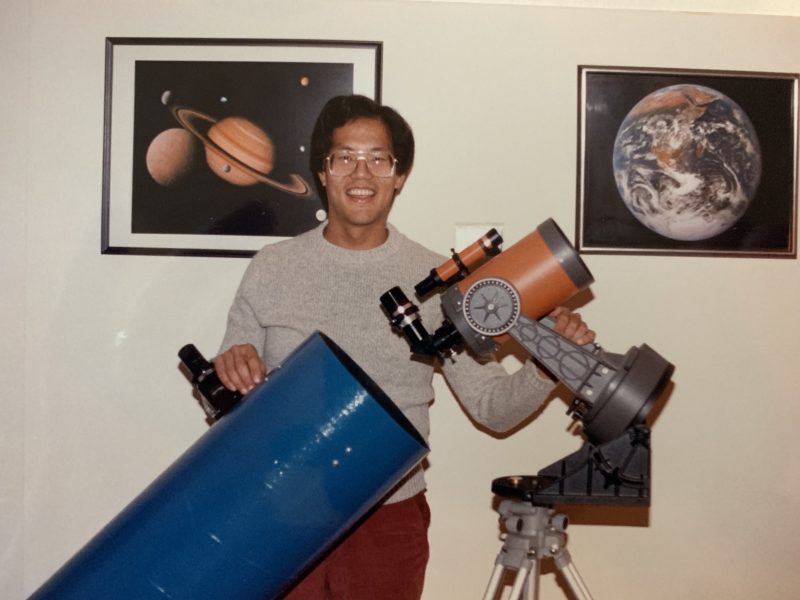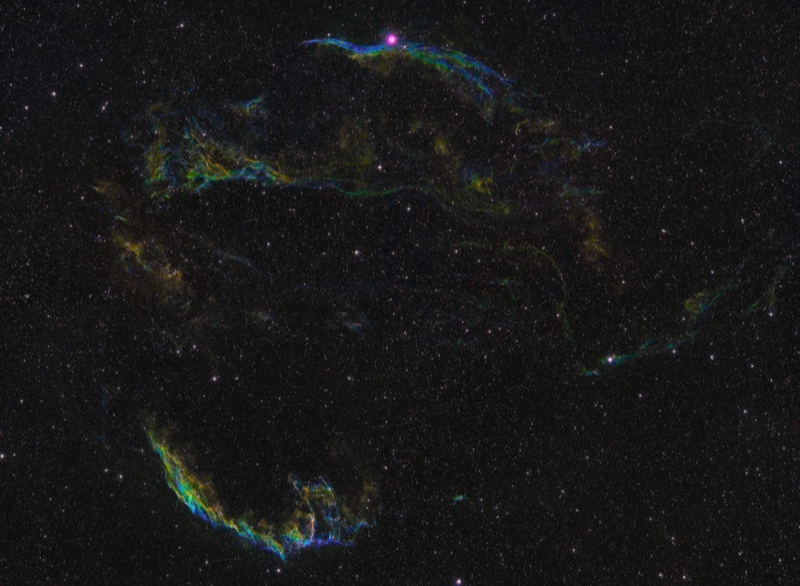Over the past year I have become intimate with grief and reflection. They are not all sad times, in fact, it was our family mantra of sorts to experience happy sorrow. That is something I try and remind myself of every day and every moment where I am reminded of my father. One year after the most tragic day of my life, I find myself in a better place spiritually and emotionally, but not a day goes by that I don’t have a memory, fleeting as it may be, of my upbringing, of my family life, of my friendship, and of my relationship with my father. I have his picture in frames in my house, something to remember those moments when we all posed behind a camera. It is not just those singular moments that are captured, all facing in the same direction, it is the memory of the day that we shared before and after that image was captured. It is the memory of the life stage I was at when that image was taken and it is the memory of my father’s stage in life as well.
I feel I have aged significantly in the past year, maybe not in physical sense but mentally I feel older. I feel wiser. I feel I now have an acute understanding of loss that is magnitudes greater than the loss I had experienced before. To lose a father or any family member is a passing of the baton. There is no one I can go to for advice in the same way that I went to my father and there is no one I can call for validation in the same way I needed his. Without him here, I still have that memory, but nothing replaces being able to pickup the phone and have a conversation.
I have saved a few voicemails that I listen to from time to time, just to hear his voice, and then I imagine having a new conversation with him. Today, I am overcome with emotion and as I write down my stream of consciousness and I have trouble focusing. Moments of joy and a shared memory flash in my mind at the same time as replaying the tragic moments from exactly one year ago. I am both thankful I was present but equally troubled by the events of that day. I know nothing could have been different, this was outside my or anyones control, but I cannot help but rewind our last conversation in my mind. I wish I had said all the things I never said. At the end, I know he knew, but it doesn’t make it any easier.
My fathers presence is with me and will always be with me. When I play his guitar, look through his telescope, or read the words I was so fortunate he captured through this blog and his books. His spirit is alive and well as if April 17, 2022 never happened. It’s helpful to suspend reality at times and relish in those happy memories, a bank which I will never be able to add to any longer.
The impermanence of life is something I dwell on and something I frequently rationalize in my mind. My first time facing death was when I was diagnosed with Type 1 diabetes and I was sitting in the ICU. I have since recovered and life moves on, not in the same way as it had, but it keeps moving. Of course there have been other tragedies in my life, but my fathers death is really only the second time I have faced my own mortality. It has changed me. It has made me truly realize what is most important in life and that is family. Family is whatever you define it, it can be your spouse, your parents, your siblings, your friends, or your community. It really doesn’t matter as long as you can call someone your family. Family, like life, is also fleeting, and who you call family can be different at different points in your life. The things I have only recently come to realize is that what I want most right now is to spend another day with my dad. That I didn’t always value the times I could spend with my dad growing up. As much as I want to go back and accept that invite or stop by for a visit, I also needed the time away to realize how special it was. It’s like the old adage of your heart grows fonder when we are apart. It was through my self-discovery and adventures independent of my family that had brought me back to them. I am thankful for the journey despite wanting to go back for one more day together.
In the end, the impermanence of family is but an analogy for the impermanence of life, life on this planet, of this planet itself, of our galaxy, and of the universe. We are all made of star stuff and one day we will all become star stuff again. That is the beauty of it, the cycle of life, growth, and rebirth in another form. My father’s earthly presence may have ended, but his impact lives on. Every time I look up at the sky, I know one day we will be reunited as space dust and maybe, just maybe, we will be illuminated through the lens of a telescope on another planet and reflected back into the eyes of another being. And maybe, that bright dust will spark a feeling of inspiration to continue to explore all that is out there and all that we do not yet understand.



